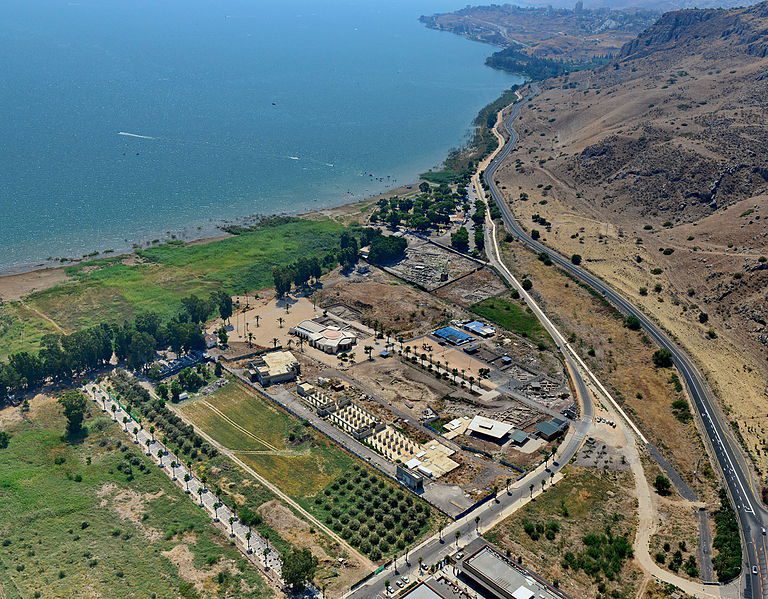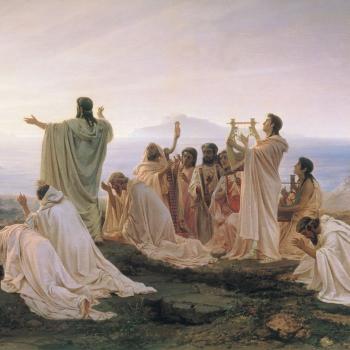
(Wikimedia Commons public domain image)
The manuscript continues . . .
The Maronites, the Near Eastern Christians in formal communion with the Church of Rome, managed to survive for centuries, even though surrounded by Muslims, by barricading themselves in the rugged terrain of what is known as Mount Lebanon. They shared this difficult area with a religious sect known as the “Druze,” who had fled to the mountains for much the same reason that the Maronites had—for refuge and protection.[1] These two groups often did not get along with each other. When Elder Orson Hyde of the Council of the Twelve passed through in 1841, en route to dedicating Palestine for the return of the Jews, he found a situation in Lebanon that seems strikingly similar to the conditions we read about there today. Lebanon, he wrote in a letter to Parley P. Pratt,
is in a dreadful state—a war of extermination is going on between the Druses and Catholics [Maronites]. At the time I was at Beyroot, a battle was fought in the mountains of Lebanon, near that place, and about 800 killed. Robberies, thefts and murders are daily being committed. It is no uncommon thing to find persons in the streets without heads. An English officer, in going from St. Jean D’Acre to Beyroot, found ten persons murdered in the street, and was himself taken prisoner, but was rescued by the timely interference of the pasha.[2]
Furthermore, strengthened by the natural sympathy they both felt and received, the Maronites routinely sought help from Western Christians, forging alliances with them from Crusader times on up to the modern period, when France became their special European Christian benefactor.
When the Ottoman Empire collapsed after the end of the First World War, Syria and Lebanon came under French “protection.” This was much to the liking of the Lebanese Maronite Christians, who persuaded the French to set up a Lebanese state in which they and their other Christian allies would be the dominant voices. But if the new state had included only the Christian regions of Lebanon, it would never have succeeded economically. This the Maronites themselves knew. With Maronite encouragement backing up their own greed for more territory, the French included in Lebanon Shiite areas such as south Lebanon and the Bekaa Valley and important coastal cities—the biblical Tyre and Sidon, as well as Tripoli and Beirut—which were largely inhabited by Sunni Muslims. As the borders were drawn, the Maronites were still (barely) in the majority; with their wealth and their Western ties, they were very much in contro1.[3]
[1] The Druze are a fairly mysterious offshoot of a Shiite sect of Islam. They cannot really be considered Muslims anymore.
[2] Letter from Orson Hyde to P. P. Pratt, dated 22 November 1841, and reproduced in History of the Church, 4:454-58. The passage quoted here is found on page 455.
[3] The 1932 Lebanese census gave the Maronites 51 percent of the population.
Posted from Tiberias, Israel










